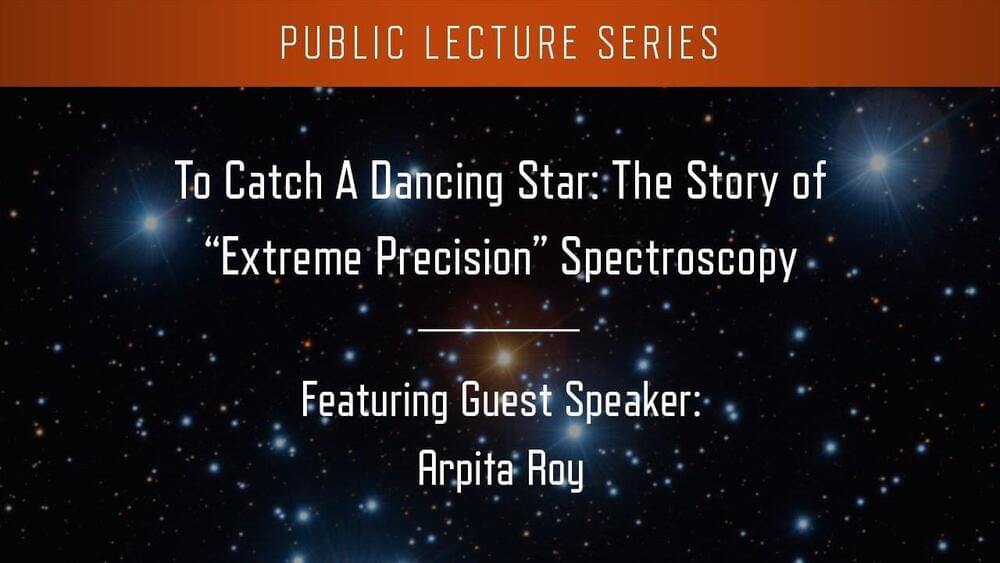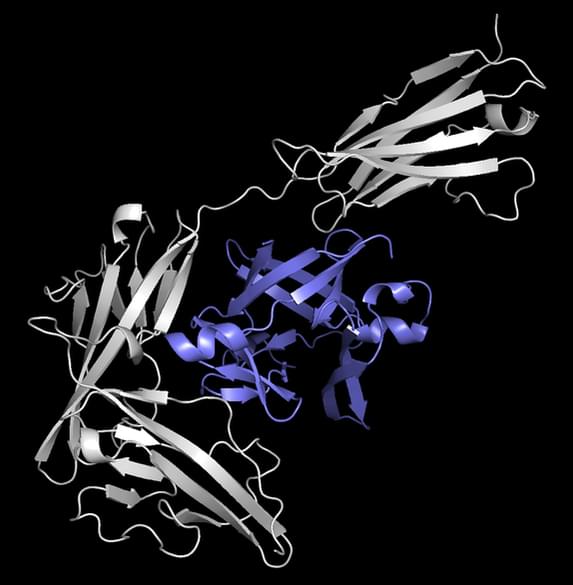When I was ten years old, I discovered computers. My first machine was a PDP-10 mainframe system at the medical center where my father worked. I taught myself to write simple programs in the BASIC computer language. Like any ten-year-old, I was especially pleased to discover games on the computer. One game was simply labeled “ADVENT.” I opened it and saw:
You are standing at the end of a road before a small brick building. Around you is a forest. A small stream flows out of the building and down a gully.
I figured out that I could move around with commands like “go north” and “go south.” I entered the building and got food, water, keys, a lamp. I wandered outside and descended through a grate into a system of underground caves. Soon I was battling snakes, gathering treasures, and throwing axes at pesky attackers. The game used text only, no graphics, but it was easy to imagine the cave system stretching out below ground. I played for months, roaming farther and deeper, gradually mapping out the world.









